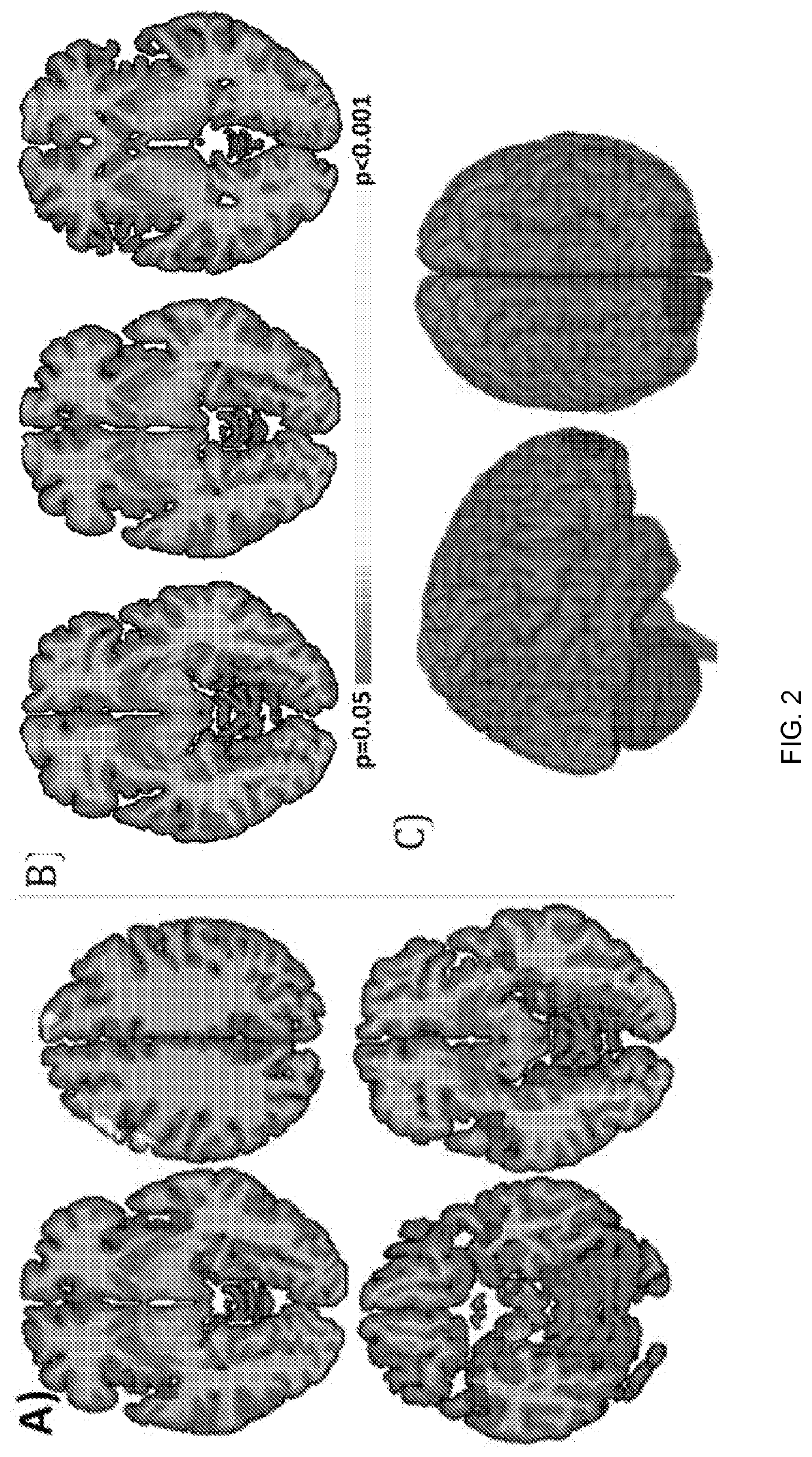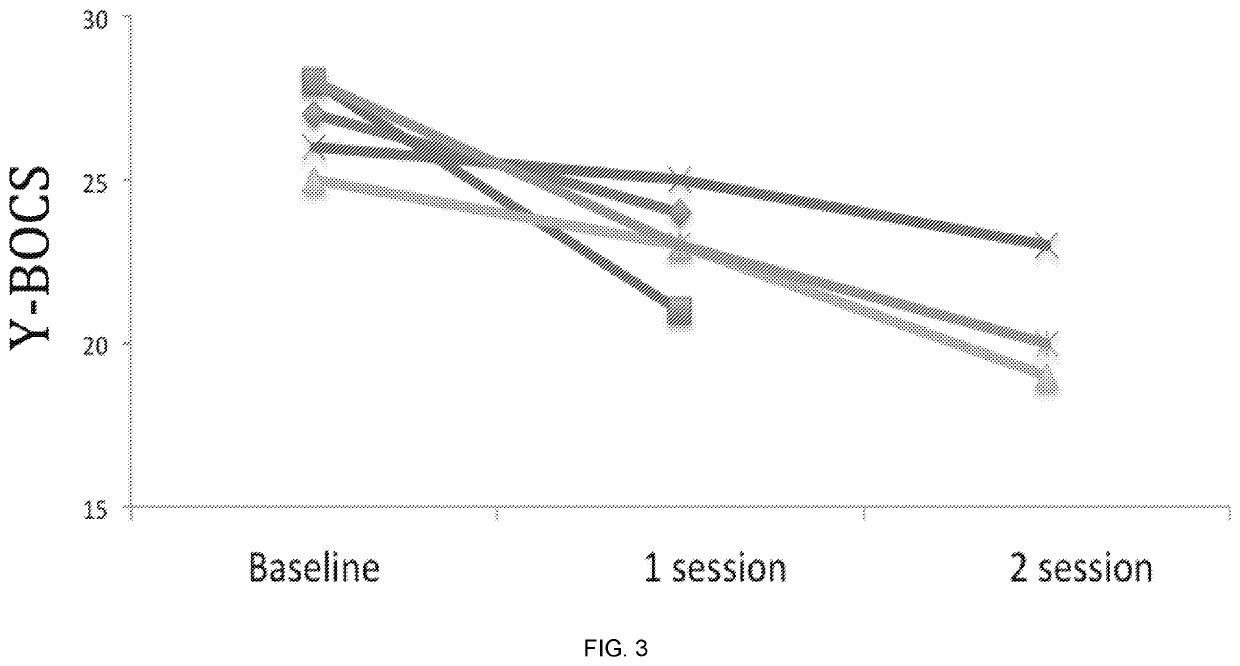Methods and systems for treating a subject using nirs feedback
a technology of nirs feedback and subject, applied in the field of methods and systems for treating a subject using nirs feedback, can solve the problems of affecting the quality of life of patients, and affecting the treatment effect of patients, so as to achieve the effect of reducing the quality of life, reducing the number of patients, and improving the quality of li
- Summary
- Abstract
- Description
- Claims
- Application Information
AI Technical Summary
Benefits of technology
Problems solved by technology
Method used
Image
Examples
Embodiment Construction
[0028]Functional neuroimaging studies suggest that regions of frontal cortex and various subcortical structures may play a role in the pathophysiology of OCD. Positron emission tomography (PET) studies have revealed abnormally high metabolic activity in patients in the orbitofrontal cortex (OFC), anterior cingulate cortex (ACC), and caudate nucleus. Single photon emission computed tomography (SPECT) studies have similarly indicated dysfunction in both the OFC and caudate nucleus. The medial OFC (mOFC) has been reported to be metabolically hyperactive with particular consistency. This well-established neural circuitry makes OCD an attractive candidate for novel anatomically targeted treatments. Indeed, invasive circuitry-based neurotherapeutics such as deep brain stimulation (DBS) and stereotactic ablation have been intensively investigated in OCD, and they show considerable promise for profoundly refractory cases.
[0029]Neurofeedback provides an innovative, noninvasive way to modulat...
PUM
 Login to View More
Login to View More Abstract
Description
Claims
Application Information
 Login to View More
Login to View More - R&D
- Intellectual Property
- Life Sciences
- Materials
- Tech Scout
- Unparalleled Data Quality
- Higher Quality Content
- 60% Fewer Hallucinations
Browse by: Latest US Patents, China's latest patents, Technical Efficacy Thesaurus, Application Domain, Technology Topic, Popular Technical Reports.
© 2025 PatSnap. All rights reserved.Legal|Privacy policy|Modern Slavery Act Transparency Statement|Sitemap|About US| Contact US: help@patsnap.com



